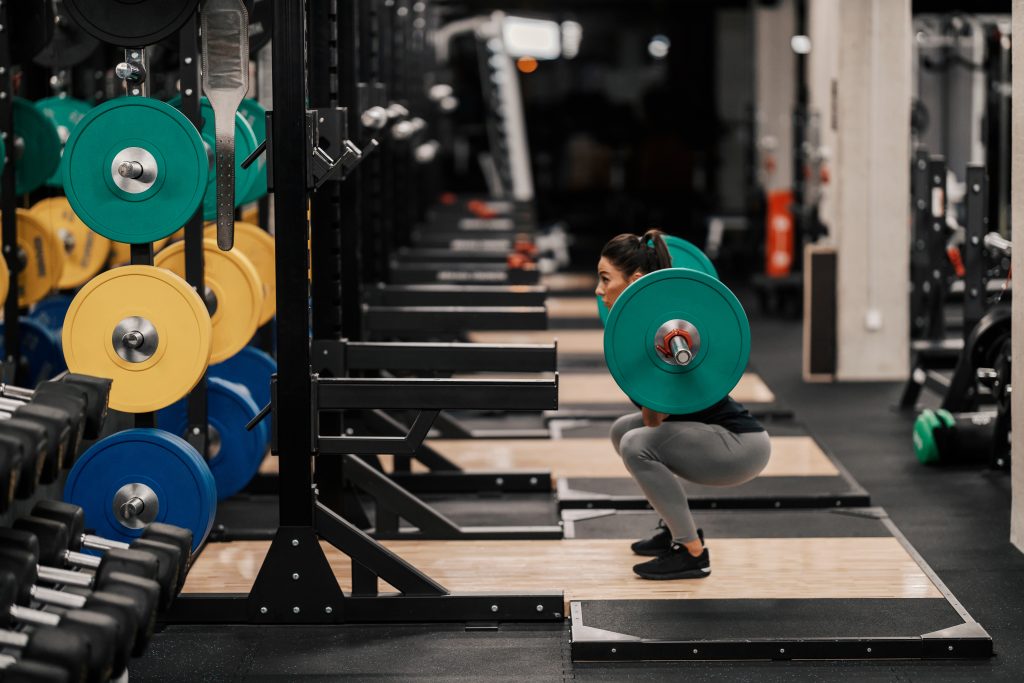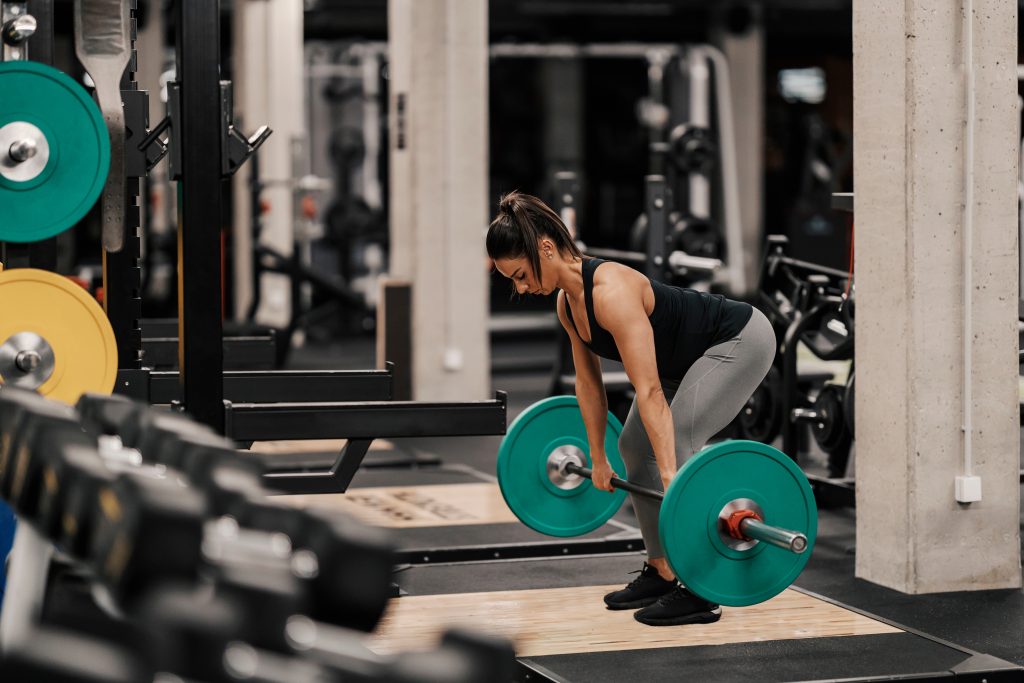Typical Crossfit injuries: Prevention and treatment


What is Crossfit?
CrossFit is a form of high-intensity interval training and is comparable to other high-intensity exercises. CrossFit exercises increase VO, strength, endurance and improve body composition (e.g. lean body mass).
What is behind the assumption that crossfitters get injured more often?
The risk of injury in CrossFit is similar to other comparable sports such as Olympic weightlifting, powerlifting and gymnastics and lower than in competitive contact sports such as rugby. Injuries to the shoulder joint, shoulder girdle and spine are prevalent in CrossFit and require special attention from doctors and trainers.
In particular, this includes expert instruction for CrossFit beginners and an initial orthopaedic examination before starting CrossFit training. A movement analysis is always a good idea for all Crossfit beginners. The involvement of well-trained coaches correlates with a lower injury rate. For this reason, beginners are recommended to complete a special program with a slow increase in load and instruction in the basic CrossFit techniques. In CrossFit, previous injuries also increase the risk of re-injury, which is consistent with the results of other sport-related injury studies and should also be taken into account.
What are common injuries in Crossfit?
Common Crossfit injuries: The most common injuries include muscle strains, tendonitis, shoulder injuries, hip pain, back pain and knee pain. These often occur due to overloading, incorrect technology or a lack of mobility. Injuries to the shoulders were the most common in studies (39%), followed by the back (36%), knees (15%), elbows (12%) and wrists (11%), in both male and female athletes. In the case of spinal injuries, the lumbar region was the most frequently injured area, accounting for 83.1% of all spinal injuries.
Causes of injury: Injuries can be caused by a number of factors including overtraining, inadequate recovery, poor technique, inadequate warm-up, nutrition and insufficient flexibility.
High-risk exercises: Some exercises, such as kipping pull-ups, snatches and overhead squats, carry a higher risk of injury due to their complex nature and the technique required.
Importance of form and technique: Correct form and technique can be key to avoiding injury, as well as adequate recovery times and good nutrition. Take your time to learn and master the right technique before embarking on intensive workouts.
Avoiding overtraining: Overtraining can lead to injuries. Make sure you get enough rest and give your body enough time to recover.
Preventive measures: Preventive measures include balanced training that involves all muscle groups, proper warm-up, wearing appropriate equipment and taking individual limitations and restrictions into account.
Recognizing injuries: Look out for signs such as sudden pain, swelling, numbness or restricted movement. Do not ignore these symptoms, but have them assessed by a therapist you trust.
Distinguish between pain and injury: Learn to differentiate between the pain associated with intense exercise and real injuries. If you are unsure, it is advisable to consult a specialist.
Importance of nutrition: A balanced diet plays an important role in injury prevention and recovery. Make sure you give your body the nutrients it needs to recover and stay strong.
Treatment of injuries: In the event of an injury, it is important not to ignore it and to seek treatment from a therapist. The so-called RICE method (more on this in the separate article) is no longer entirely up-to-date. Ice can help to relieve the pain as an initial measure on site. Rest may be indicated, but it depends on the type of injury and you have to decide whether light exercise or learning or relearning a certain movement would be better. For more information, please click here and continue reading.
Overall, it is important to do Crossfit with caution and respect for your own physical limits. With the right preparation, technique and attention to your body, you can minimize the risk of injury and increase your performance.


